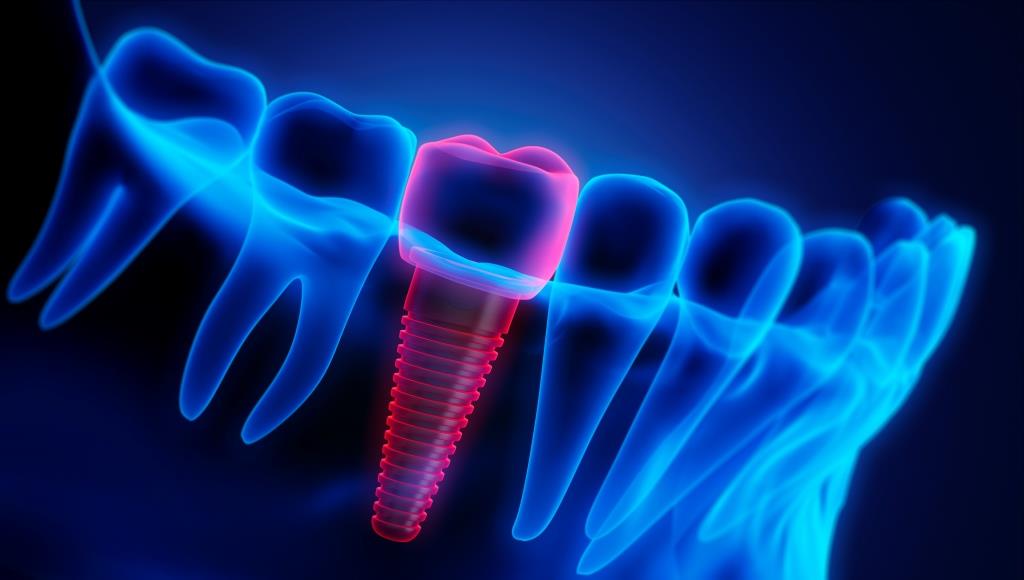
About Implant
Dental Implants What are they?
- What we will do…
In the first stage, the dentist will place the implant in the bone and cover with an antiseptic dressing. This procedure will be carried out under local anesthesia. He will remove this two weeks later.
Over the next four to six months, the implant integrates with the bone to become solid. During the “healing period”, the dentist will use a fixed bridge or a removable denture to close your gap.
In the second treatment stage, the dentist will securely attach a precision fitting post into the healed implant. The dentist together with the dental technician will then create the final new tooth crown.
The porcelain crown will be made to look like your natural teeth and will be permanently fixed into place.
- And the benefits are…
No preparation of adjacent teeth is required
They can preserve the bone, maintaining the integrity of the facial structure
They allow for superior long-term aesthetics
They are the closest replacement possible to natural teeth
They will restore lost lip support and minimize wrinkles around the mouth
They eliminate the pain of ill-fitting dentures
They are long lasting and strong
- Risks
The greatest risk following the surgical procedures is that the implant will fail. For implants placed within the bone, most failures occur within the first year and then occur at a rate of less than 1% per year thereafter. Recent research has indicated that tobacco use by the patient and use of a single-stage implant procedure are two risk factors that increase failure rate.
- Normal results
Overall, the success rate for all implants runs from 90% to 95%. Most failed implants can be replaced with a second attempt.
